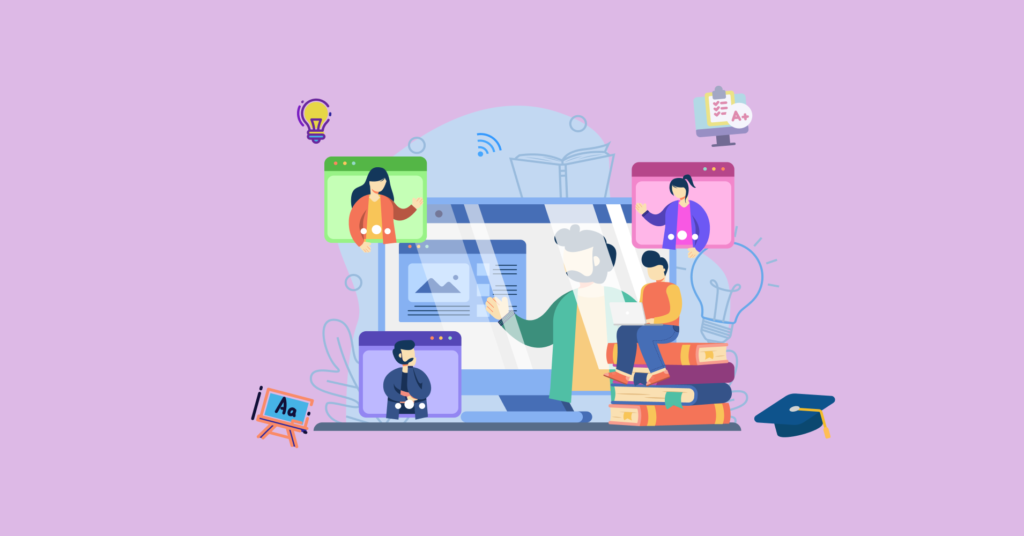
Classroom dynamics can be transformed with the right educational technology: teaching becomes meaningful in the hands of teachers and learning becomes engaging in the hands of students. EdTech tools that, in 2024, will become an asset for improving workflows and collaboration as well as personalizing instruction include several noteworthy contenders. What are the best tools, in the opinion of most educators?
1. Classroom Management and Engagement
Classroom management and student engagement have long been the specialties of apps such as ClassDojo and Nearpod. Class Dojo allows teachers to give feedback, take class attendance, and communicate with parents in real-time through its user-friendly interface. However, the interactivity has been pushed up a notch in Nearpod, as it leverages live quizzes, polls, and even virtual reality lessons for the better engagement of students. Both applications integrate with existing Learning Management Systems (LMS), a feature that will generally make for easier setup. Another worthy mention here includes Go Guardian, which provides educators with AI-assisted insights to monitor students and gauging learning gaps through its analytics.
2. Adaptive Learning and Personalization
Personalized education is a must now; students expect personalized experiences. Khan Academy is still the best in this resource area, providing free self-paced lessons with AI-backed recommendations. Dream Box, a math platform, adapts problem sets in real-time according to student performance. In the meantime, Quizlet AI tutor, Q-Chat, answer almost immediately, taking the effectiveness of the study session forward. Hence, using these tools, teachers can come up with differentiated instructional strategies that do not require tons of manual work.
3. Collaboration and Creativity
For group projects and creativity, EdTech has powerful tools such as Padlet and Canva for Education. For example, using digital bulletin boards in Padlet creates easy sharing of all ideas. At the same time, Canva provides templates to make presentations, infographics, etc. for all this in a school-safe environment. Tynker introduces kids to programming concepts through gamified lessons for coding and STEM project preparation to equip them for a techno-driven future.
The Future of EdTech Integration
The best tools of 2024 have a good amount in common: the ability to interoperate with systems, provide insight based on data, and enjoy a really good user interface. However, the most important is the strategic implementation. The priority should be on implementing teacher training and pilot programs before full-scale adoption.
EdTech is not about replacing educators, but rather empowering them. The correct tools save time, identify student needs, and promote engagement—freeing teachers to focus on what matters most: teaching.
